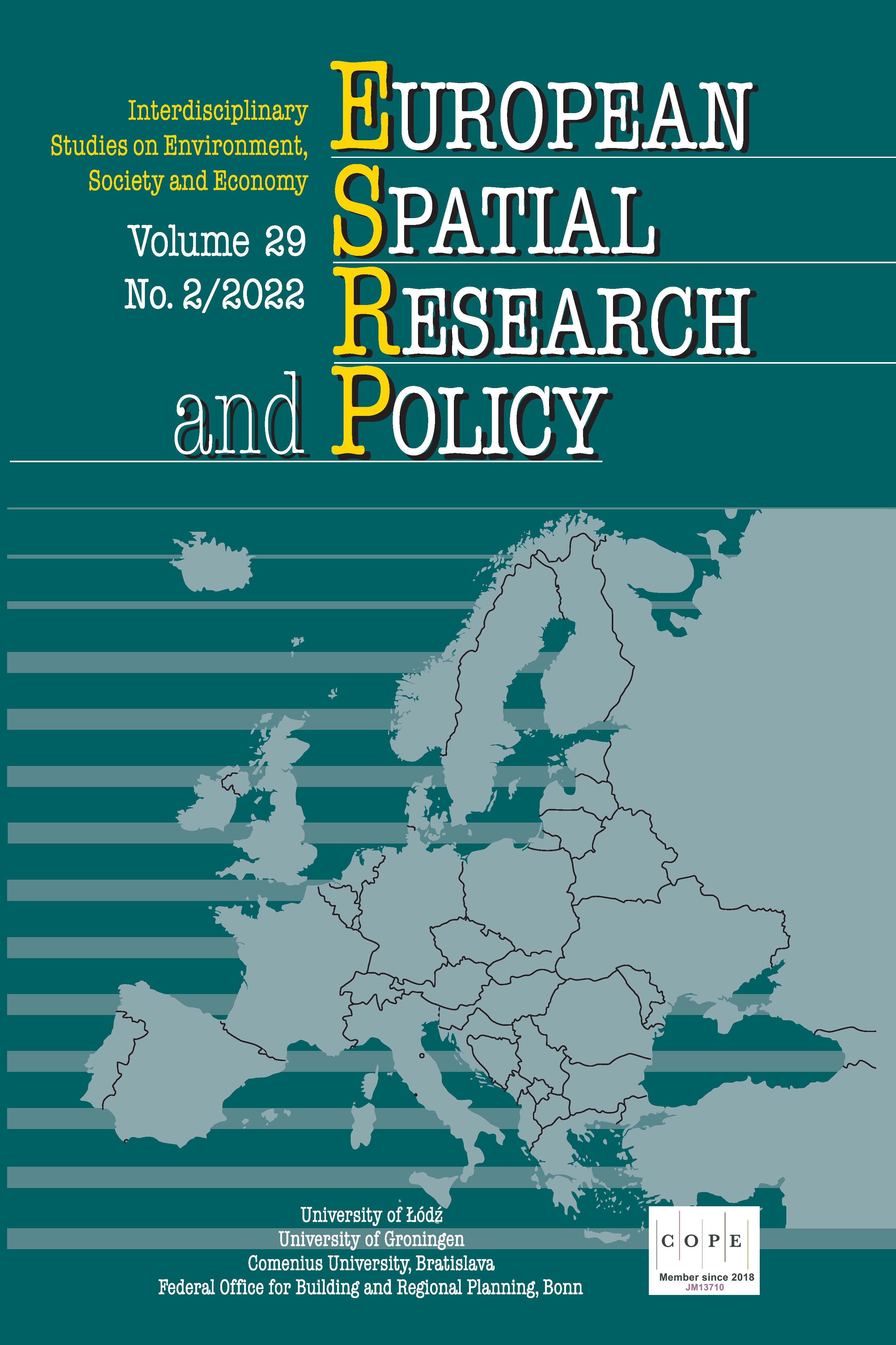The spatial, temporal and structural approach to interregional tourism inflows’ sustainability – on the example of four Erasmus+ SPOT project case study regions
The spatial, temporal and structural approach to interregional tourism inflows’ sustainability – on the example of four Erasmus+ SPOT project case study regions
Author(s): Marcin Mazur, Konrad Czapiewski, Denis CerićSubject(s): Business Economy / Management, Applied Geography, Tourism
Published by: Wydawnictwo Uniwersytetu Łódzkiego
Keywords: tourist flows; spatial concentration of tourists; weighted intensity of tourism; Piemonte; Innlandet; Łódzkie; Centro
Summary/Abstract: Based on produced regional data on tourism arrivals across 297 NUTS2 regions of the EU and EFTA countries covering the temporal scope of 2010–2018, the spatial concentration of tourist inflow in Europe, average annual dynamics of tourist inflow between 2010–2018, and a relative position of the tourist branch of the economy in a given region has been determined. An attempt was made to present a typology of regions according to the weighted intensity and spatial concentration of tourist inflow. Special attention has been given to SPOT project case study regions: Piemonte in Italy, Innlandet in Norway, Łódzkie in Poland, and Centro in Portugal.
Journal: European Spatial Research and Policy
- Issue Year: 29/2022
- Issue No: 2
- Page Range: 175-192
- Page Count: 18
- Language: English

